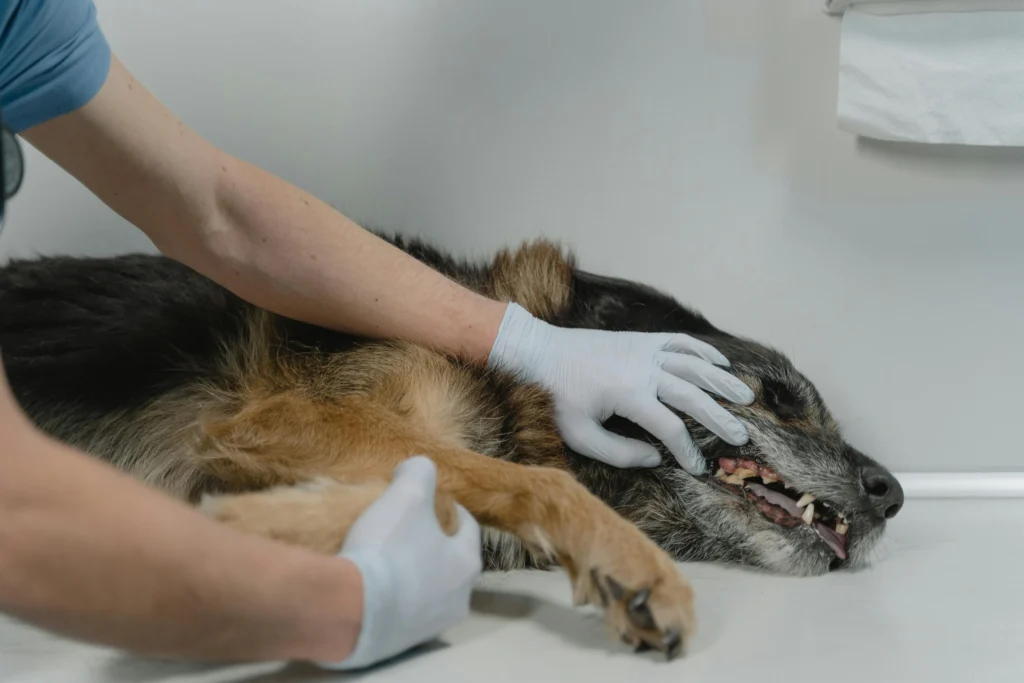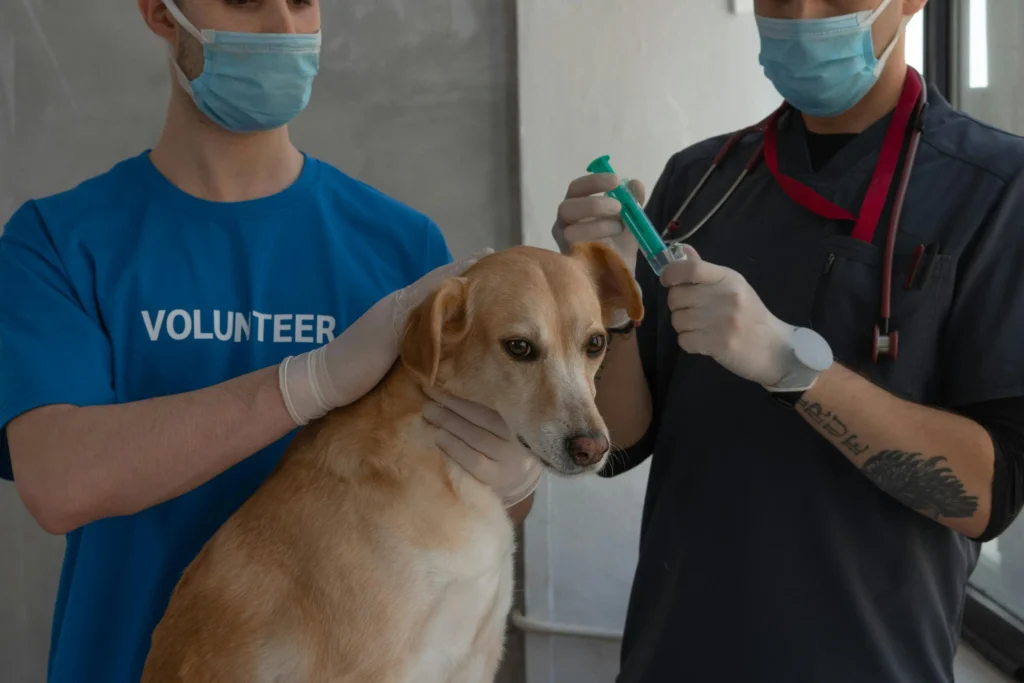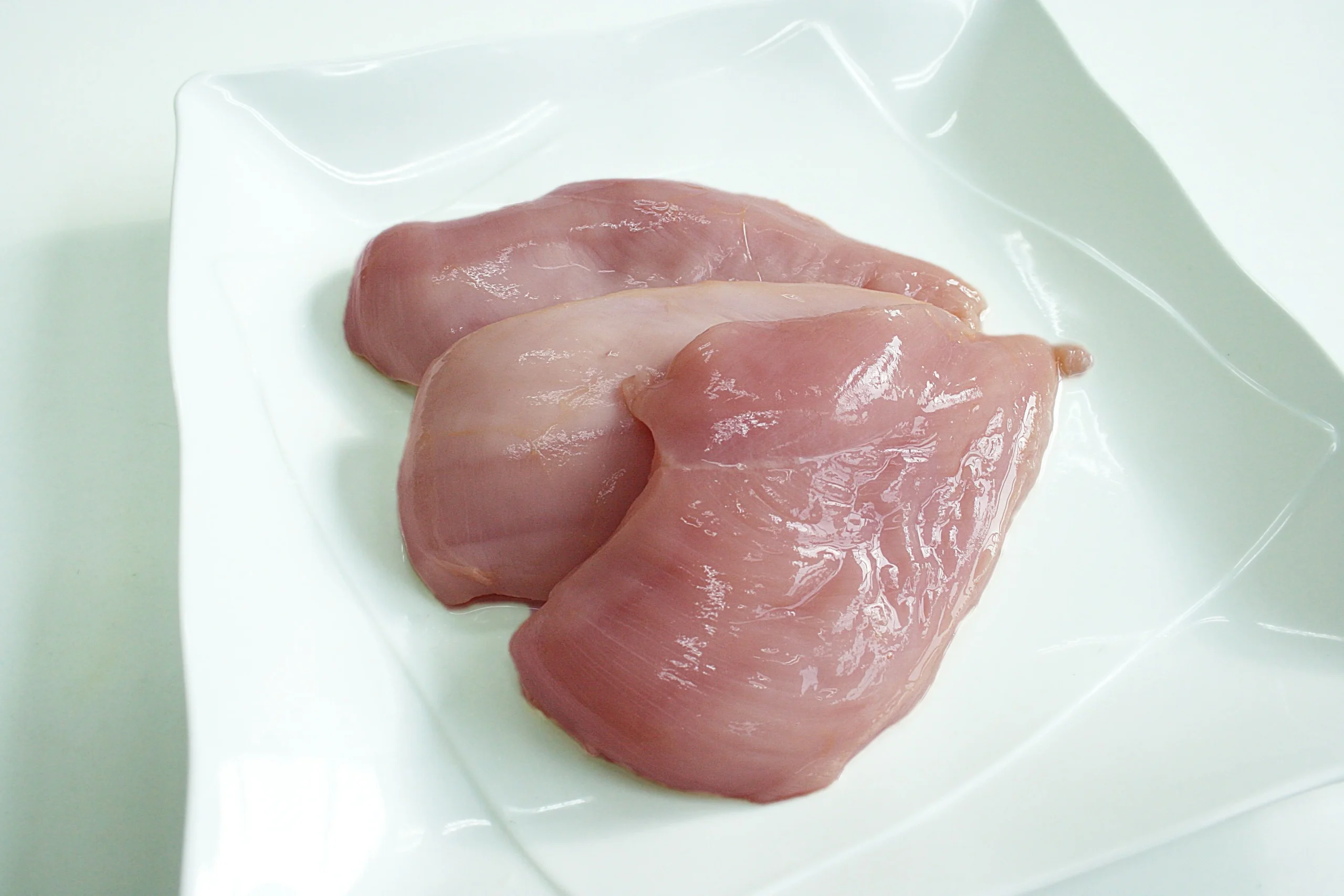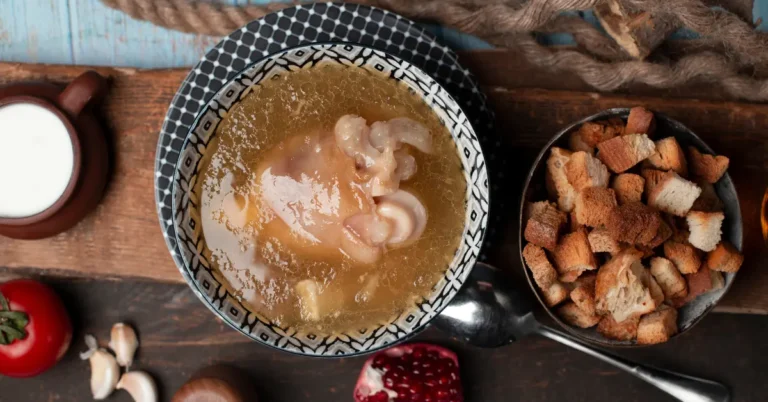As pet owners, we all want the best for our furry friends, especially when it comes to their diet. One question that often arises is: Can dogs eat raw chicken? While raw feeding has gained popularity in recent years, it comes with a mix of benefits and risks. This article explores the potential advantages, dangers, and veterinary recommendations for feeding raw chicken to dogs, helping you make informed decisions for your pet’s health.
Table of Contents
Origins and Rationale of the Raw Food Diet Trend
The raw food diet for pets has its roots in the natural feeding practices of wild animals and was popularized in the late 20th century by the BARF (Biologically Appropriate Raw Food) model. This approach emphasizes a return to the dietary habits of dogs’ ancestors, focusing on unprocessed, whole foods. Advocates argue that such diets align closely with a dog’s ancestral nutrition, providing a range of benefits, including improved digestive health, enhanced coat sheen, and increased energy levels. Understanding this perspective helps pet owners weigh the potential advantages of raw feeding against its risks, fostering informed dietary choices for their furry companions.
Potential Benefits of Feeding Raw Chicken to Dogs
Raw chicken, when properly prepared, may provide certain benefits to dogs. These include:
- High Protein Content
Chicken is an excellent source of lean protein, essential for building muscle and supporting overall health. Raw chicken preserves nutrients that might be lost during cooking. - Natural Diet
Proponents of raw feeding argue that raw chicken mimics the natural diet of dogs’ ancestors, offering nutrients in their most natural form. - Shiny Coat and Healthy Skin
The natural fats in raw chicken, especially in the skin, can promote a glossy coat and healthier skin when consumed in moderation. - Improved Energy Levels
Many dog owners who switch to raw diets report better energy levels in their pets due to the high-quality nutrients in raw chicken.

Risks and Dangers of Feeding Raw Chicken
Despite the potential benefits, feeding raw chicken to dogs is not without risks. It’s important to consider these dangers before adding it to your pet’s diet.
- Salmonella and Bacterial Contamination
- Raw chicken is a common carrier of harmful bacteria like Salmonella and Campylobacter.
- Dogs may tolerate these bacteria better than humans, but they can still experience gastrointestinal upset. Additionally, infected dogs can pass bacteria to humans through saliva or feces.
- Choking and Internal Injuries
- Can dogs eat raw chicken bones? While raw bones are softer than cooked ones, they still pose a choking hazard or risk of splintering, causing internal injuries.
- Unbalanced Nutrition
- Feeding raw chicken exclusively may lead to nutritional imbalances. Dogs require a variety of nutrients, including vitamins and minerals not found in chicken alone.
- Parasites and Foodborne Illnesses
- Raw chicken can harbor parasites, which may cause diseases such as toxoplasmosis or coccidiosis in dogs.
- Digestive Upset
- Sudden changes in diet, especially introducing raw chicken, can lead to diarrhea, vomiting, or other digestive issues. To minimize this, it’s crucial to transition your dog’s food gradually. Start by mixing a small amount of raw chicken with their current food, gradually increasing the quantity of raw chicken over a 7-10 day period. This slow transition allows your dog’s digestive system to adjust, reducing the risk of upset. Monitoring your dog’s response to the new diet is also important; if any adverse reactions occur, consult your veterinarian promptly.
Ensuring a Balanced Diet with Raw Chicken
To prevent nutritional deficiencies, it is crucial to balance raw chicken with additional nutrients necessary for a dog’s health. Consider the following strategies:
- Incorporate Organ Meats
- Include liver, heart, and kidneys, which are rich in essential vitamins and minerals not present in muscle meat alone.
- Add Fruits and Vegetables
- Introduce dog-safe fruits and veggies like carrots, blueberries, and spinach to supply dietary fiber, antioxidants, and natural vitamins.
- Supplement with Fish Oils
- Omega-3 fatty acids from fish oils can help support skin health, reduce inflammation, and promote cardiovascular wellness.
- Mineral Supplementation
- A balanced mineral supplement can ensure that trace elements like zinc and magnesium are adequately provided, supporting overall body functions.
- Consult a Veterinary Nutritionist
- For personalized guidance, consult a veterinary nutritionist to formulate a diet plan that meets your dog’s specific nutritional requirements.

Nutritional Comparison: Raw Chicken vs. Cooked Chicken
Understanding the differences in nutritional value between raw and cooked chicken can significantly impact feeding decisions. Here’s a comparison to help you make an informed choice regarding your dog’s diet:
- Protein Content and Quality
- Raw chicken retains its natural protein structure, potentially offering higher levels of bioavailable amino acids essential for muscle growth and repair.
- Cooking chicken denatures some proteins, but it remains an excellent protein source for dogs without the risk of pathogens.
- Vitamins and Minerals
- Raw chicken offers unaltered levels of vitamins such as B6 and niacin, which can be partially degraded through cooking.
- Cooked chicken still supplies essential nutrients; however, some vitamins may be reduced, necessitating a more diverse diet to ensure nutritional balance.
- Fats and Fatty Acids
- Natural fats in raw chicken provide omega fatty acids essential for skin and coat health. Cooking can remove some fat content due to rendering, although this helps reduce calorie intake.
- Choosing cooked chicken without skin can prevent excessive fat intake, potentially reducing the risk of obesity or pancreatitis.
- Digestibility
- Raw chicken can be easier for some dogs to digest due to the natural enzyme content, assisting in nutrient absorption.
- Cooking breaks down some proteins, potentially making them easier to digest for dogs with sensitive stomachs or specific dietary needs.
Considering both options can help determine the most appropriate diet for your dog, balancing the benefits of raw nutrient retention with the safety of cooked meals. Always consult with a veterinarian for personalized advice based on your pet’s individual health needs.
Symptoms of Bacterial Infections in Dogs
After consuming raw chicken, it is crucial for pet owners to be vigilant for any signs of bacterial infections such as salmonellosis. Early detection can significantly improve the treatment outcomes for infected dogs. Common symptoms to watch for include:
- Diarrhea
Dogs may experience recurring diarrhea, often with a foul odor or containing mucus. - Vomiting
Frequent vomiting could be a sign of an upset stomach or more severe underlying bacterial contamination. - Lethargy
Infected dogs might appear unusually tired, lacking their usual energy and enthusiasm. - Fever
A higher-than-normal body temperature can indicate an infection, requiring immediate veterinary attention. - Loss of Appetite
If your dog suddenly refuses to eat, it could be due to discomfort or nausea caused by an infection. - Abdominal Pain
Dogs may exhibit signs of pain when their abdomen is touched, such as whining or resisting touch.
Monitoring for these symptoms and seeking veterinary advice promptly can help ensure your dog’s health and well-being remain uncompromised.
Veterinary Recommendations and Best Practices
Veterinarians often advise caution when feeding raw chicken to dogs. Here’s what experts recommend:
1. Consult Your Vet
Always consult your veterinarian before introducing raw chicken or any raw food into your dog’s diet.
2. Source from Reputable Suppliers
Purchase high-quality, human-grade chicken from trusted sources to reduce the risk of bacterial contamination.
3. Handle with Care
- Separate Utensils and Cutting Boards: Always use separate utensils and cutting boards for raw meat to prevent cross-contamination.
- Proper Storage: Store raw chicken at the appropriate temperature, ideally below 40°F (4°C), to inhibit bacterial growth.
- Thorough Cleaning: After preparing raw chicken, thoroughly clean and sanitize all surfaces, including countertops and cutting boards.
- Hand Hygiene: Wash your hands with soap and warm water before and after handling raw chicken to avoid spreading bacteria.
4. Avoid Chicken Skin
While it contains natural fats, chicken skin is high in calories and can contribute to obesity or pancreatitis if consumed in large quantities.
5. Avoid Raw Chicken for Puppies or Immunocompromised Dogs
Puppies, older dogs, and those with weakened immune systems are more susceptible to foodborne illnesses and should avoid raw chicken.

Real Experiences and Case Studies
While personal experiences and case studies should be approached with caution due to potential anecdotal bias, they can still provide valuable insights into the practical outcomes of feeding raw chicken to dogs. Many pet owners who have experimented with raw feeding report varied results:
- Success Stories
Some dog owners have observed significant improvements in their pets’ health after switching to a raw chicken diet. These improvements include enhanced coat shine, better dental health due to chewing raw bones (under supervision), and increased vitality. - Challenges Faced
Conversely, other pet owners have experienced challenges such as digestive upset or mild diarrhea during the initial transition to raw chicken. These symptoms often resolve over time or with veterinary guidance. - Adaptation Over Time
For those who persisted with the diet, gradual adaptation often resulted in stabilization of digestion and overall health. These experiences underscore the importance of transitioning slowly and monitoring each dog’s reaction closely. - Informed Adjustments
A key takeaway from anecdotal reports is the importance of making informed, case-specific adjustments. Consulting with a veterinarian or a pet nutritionist can greatly help in refining the raw diet to better suit an individual dog’s needs.
These experiences highlight the need for personalized approaches when feeding raw chicken, reinforcing the value of veterinary engagement to mitigate potential risks.
Alternative Protein Sources for Dogs with Chicken Allergies
For dogs that are allergic or sensitive to chicken, finding alternative protein sources is crucial for maintaining a balanced diet. Here are some popular options:
1. Fish
- Options like salmon and whitefish are excellent sources of protein and Omega-3 fatty acids, which promote healthy skin and coat.
- Fish is easily digestible and often less allergenic compared to other animal proteins.
2. Duck
- Duck provides a rich source of protein while being gentle on the stomach, making it an ideal option for dogs with food sensitivities.
- It is often used in limited-ingredient diets.
3. Lamb
- Lamb is a nutritious protein alternative that is often well-tolerated by dogs with chicken allergies.
- It contains essential amino acids needed for muscle maintenance and growth.
4. Venison
- Venison is a lean protein with a distinctive flavor, highly suitable for dogs with allergies.
- It offers significant nutrition and is often part of hypoallergenic diets.
5. Turkey
- While similar to chicken, turkey is sometimes tolerated better by dogs with sensitivities.
- It is a lean protein that is versatile for various diets, but introduction should be gradual and monitored.
These alternative protein sources can help manage allergies and ensure your dog receives the necessary nutrients for a healthy lifestyle. Always consult your veterinarian when adjusting your pet’s diet, especially when dealing with food allergies.
Conclusion
So, can dogs eat raw chicken? The answer depends on your dog’s individual health, your ability to handle raw food safely, and your veterinarian’s advice. While raw chicken can offer some nutritional benefits, the risks of bacterial contamination, choking, and unbalanced nutrition cannot be overlooked. For most pet owners, cooked chicken or commercial raw diets may be a safer choice.
If you’re considering raw chicken as part of your dog’s diet, always consult a veterinarian to ensure it’s the right decision for your pet. Their guidance will help you navigate the potential risks and benefits, ensuring your furry friend stays healthy and happy.





